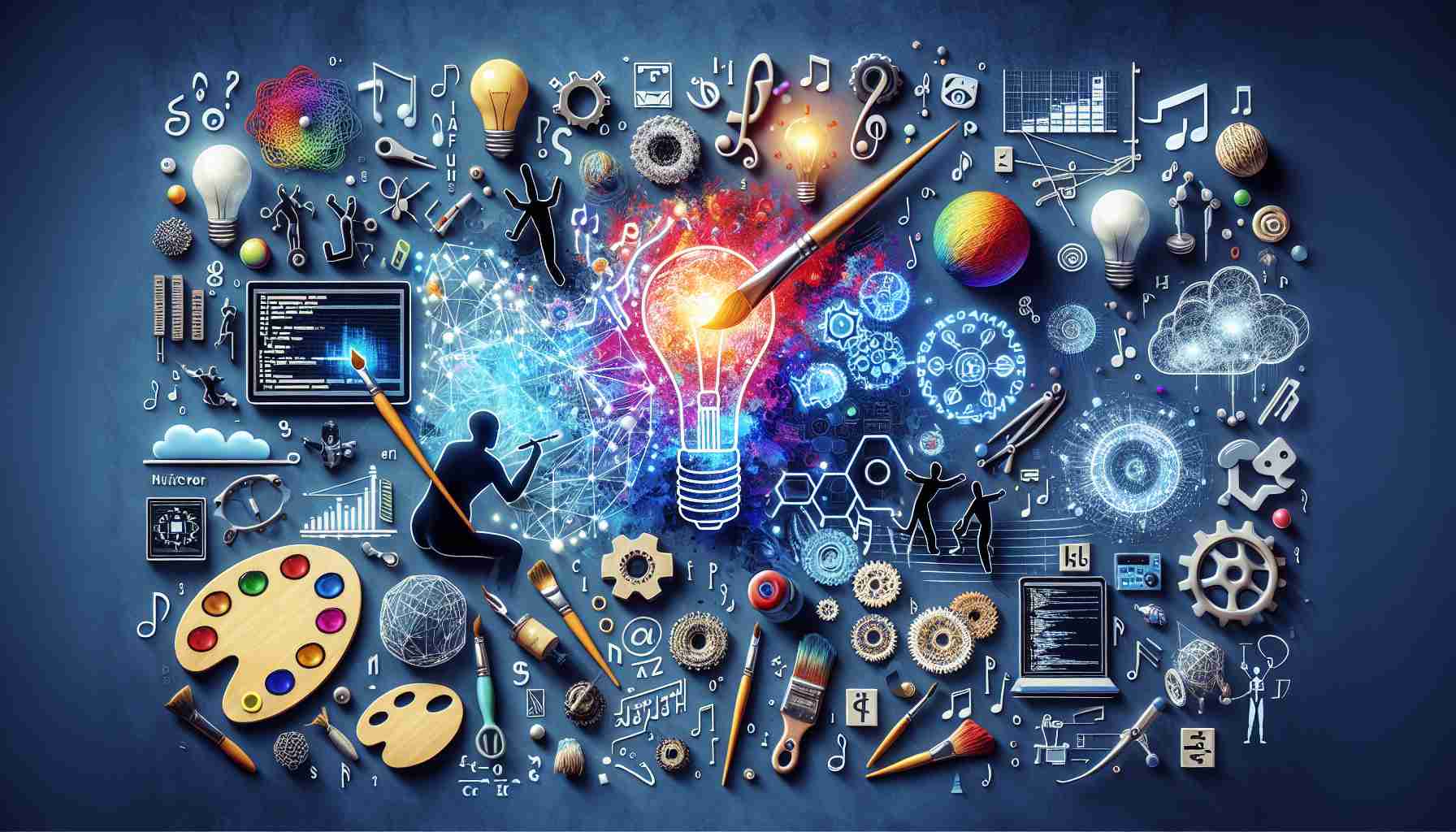In the fast-paced world of artificial intelligence, traditional chatbots are quickly fading into the background. The spotlight is now on sophisticated multimodal models that can seamlessly integrate and process various forms of input, from images to audio and text. Google’s NotebookLM exemplifies this evolution. Initially launched quietly, it recently gained attention with the introduction of a unique AI podcasting feature called Audio Overview. This tool enables users to effortlessly generate podcasts from online content, such as LinkedIn profiles, showcasing the surprising abilities of AI to engage and entertain.
AI-generated content is advancing faster than ever. Meta has recently unveiled Movie Gen, an innovative tool that allows users to create personalized videos and audio from simple text prompts, demonstrating how the landscape of content creation is rapidly changing. Additionally, OpenAI has developed the Canvas interface, revolutionizing collaboration by enabling users to directly edit selected text or code instead of repeatedly entering prompts in a chat format.
Search functionalities are also evolving. Google has introduced a feature enabling users to upload videos and inquire about their content using voice commands. This multimedia approach enhances how we interact with information.
The overarching theme is clear: AI is no longer just about text. The burgeoning array of interactive tools highlights a shift towards more dynamic and user-friendly interfaces, demonstrating the industry’s swift response to the demands of creative and engaging digital experiences.
The Rise of Multimodal AI: A New Era of Creativity and Interaction
The rapid advancement of artificial intelligence is ushering in a new era characterized by multimodal AI, which allows for the simultaneous processing and integration of various data types, including text, images, audio, and video. This transformation not only enhances creativity but also redefines interactions between machines and users, providing rich and immersive experiences that were previously unattainable.
Key Innovations Driving Multimodal AI
Recent developments in multimodal AI have led to the creation of advanced platforms that allow users to interact in more intuitive and engaging ways. For instance, Adobe has introduced Sensei, a machine learning platform that integrates multiple forms of media, enabling creators to effortlessly produce content across formats. Meanwhile, Microsoft is enhancing its Azure AI offerings with multimodal capabilities, allowing businesses to harness AI for customer service, marketing, and data analysis in unprecedented ways.
Important Questions and Answers
1. What is the core benefit of multimodal AI?
– The core benefit of multimodal AI lies in its ability to enhance user experience by leveraging various data types. This integration allows for more nuanced understanding and interaction, making AI tools more helpful and effective in real-world applications.
2. How can multimodal AI foster creativity?
– By merging inputs from different media, multimodal AI tools can inspire new forms of artistic expression and storytelling, allowing creators to think outside traditional boundaries and generate richer narratives.
3. What are the potential ethical considerations?
– Ethical considerations surrounding multimodal AI include concerns about data privacy, misinformation, and intellectual property rights. As AI-generated content becomes more prevalent, the need for clear guidelines and standards grows increasingly critical.
Key Challenges and Controversies
While the potential of multimodal AI is immense, several challenges and controversies must be addressed. Ensuring accuracy and preventing biases in AI-generated outputs remain significant hurdles. Moreover, the fear of job displacement in creative sectors due to automation raises questions about the future role of human creators. Another challenge is the environmental impact of training large AI models, which requires substantial computational resources.
Advantages of Multimodal AI
– Enhanced Interaction: Users can communicate using mixed input types, making interactions more natural and effective.
– Creative Freedom: Artists and creators can experiment with different media, fostering innovation in content creation.
– Accessibility: Multimodal AI can potentially bridge gaps for individuals with disabilities, offering various means of interaction that cater to specific needs.
Disadvantages of Multimodal AI
– Complexity in Development: Building and maintaining multimodal AI systems is technically challenging and resource-intensive.
– Ethical Risks: The potential misuse of AI-generated content for manipulation or deception poses significant ethical concerns.
– Dependency on Technology: Over-reliance on AI tools may dampen human creativity and critical thinking skills.
The rise of multimodal AI marks a pivotal moment in technology, reshaping how humans create and interact. As the field continues to evolve, ensuring a responsible and equitable development will be crucial for harnessing its full potential.
For more insights on this topic, visit OpenAI and Adobe.









